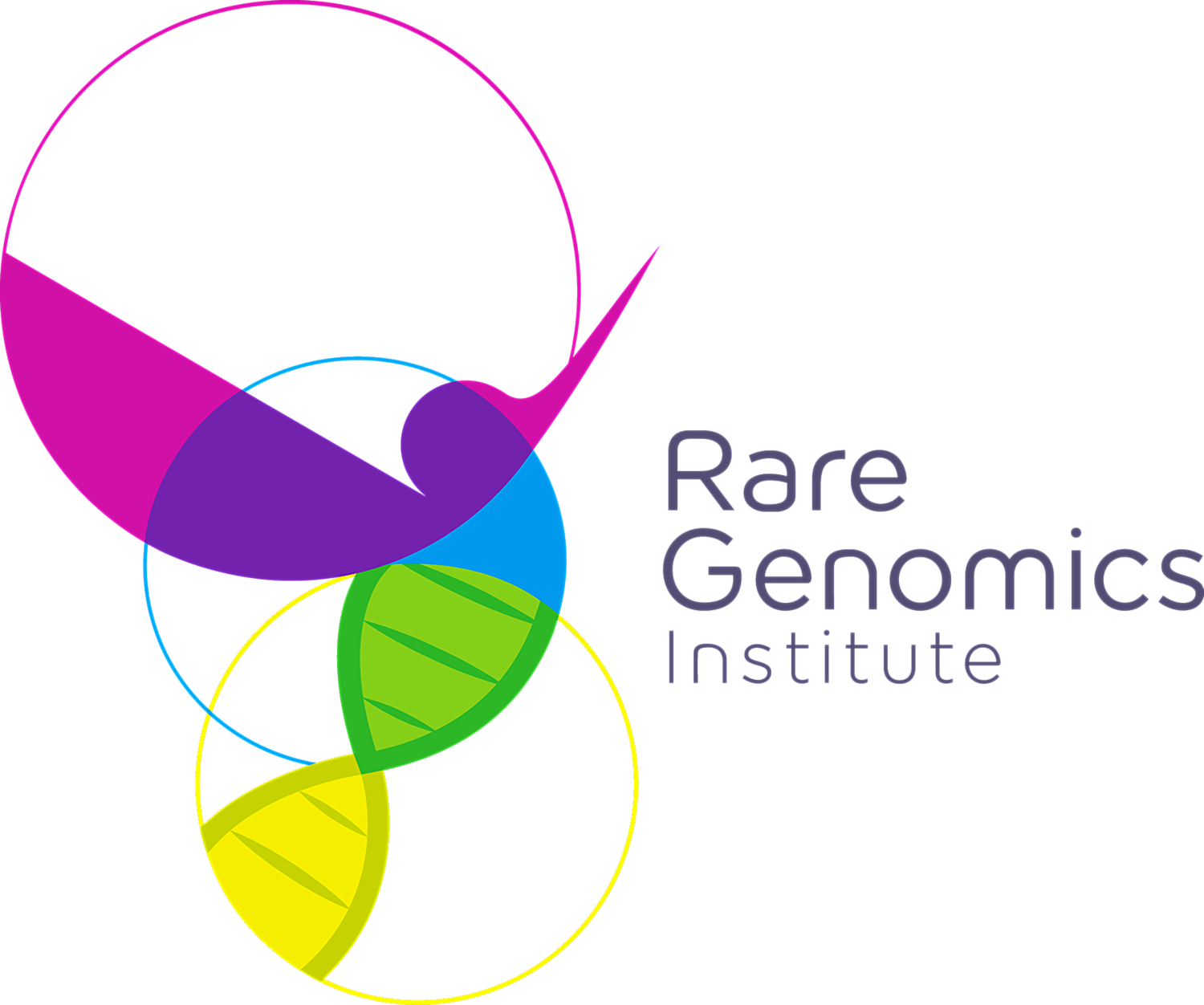The RG Patient Process is designed to ensure the program is the right fit for our patients and families and to provide the best support possible for the benefit of all
Step 1: Connect with RG
After contacting Rare Genomics Institute, you will be contacted by a member of our Patient Advocacy Team. We will need you to complete our RG application form to determine whether you are a good fit for RG’s services.
Step 2: Talk to a Patient Advocate
You will be assigned a Patient Advocate, who will contact you to set-up an informational phone call. This call is designed to educate you about the process, answer any questions you may have in real time, and determine if RG can help. If there is a service or resource RG can offer, your Patient Advocate will usher you through the entire process to receive such services/resources and will be your point of contact within RG.
Step 3: Connection to an RG Program
RG Patient Advocacy >
Our RG Patient Advocacy (RGPA) team guides patients and their families to obtain Rare Genomics services. This includes the philanthropic iHope program in collaboration with Illumina.
RG Patient Research Services >
The RG Patient Research Services (RGPRS) team is composed of rare disease scientists that conduct pro-bono re-analysis of next generation sequencing and further research and connections tailored to their findings.
RG Task Force >
RG Task Force (RGTF) is a scientific consultation platform where experts can answer questions regarding genetics and rare diseases.
RareShare >
RareShare is an online social platform with over 1,000 rare disease communities, and a dedicated team providing education, advocacy and support in building communities of patients.
Step 4: Waiting for Results
Your Patient Advocate will be in constant contact with you and the RG program to update you on the expected date of results. For sequencing, there is an average turnaround of 3 months. For pro-bono re-analysis through RGPRS, there is an average turnaround time of 6 months. Each case is different, and we recommend contacting your Patient Advocate for the most up to date estimate. Questions to our Rare Genomics Task Force (RGTF) are typically answered in a month.
Step 5: What to Expect From Sequencing
There are a variety of different possible outcomes from genetic analysis and the results can be returned in a variety of different formats depending on the site. Most likely, a physician familiar with the case will relay the results to you. In some cases, the results will look like a list of genes comprising variations of interest.
The best-case scenario is that a known variation in a known gene is identified, which points to a diagnosis or possible next steps. In another scenario one or more genetic variations are identified, but the meaning of the genetic variation is unknown. Currently, only ⅓ to ¼ of patients walk away from whole genetic testing with a new diagnosis. After diagnosis, patients could require substantial additional research before a possible clinical intervention is identified. Another potential outcome is that no genetic variations of interest are identified. In the later case, no diagnosis is reached.








